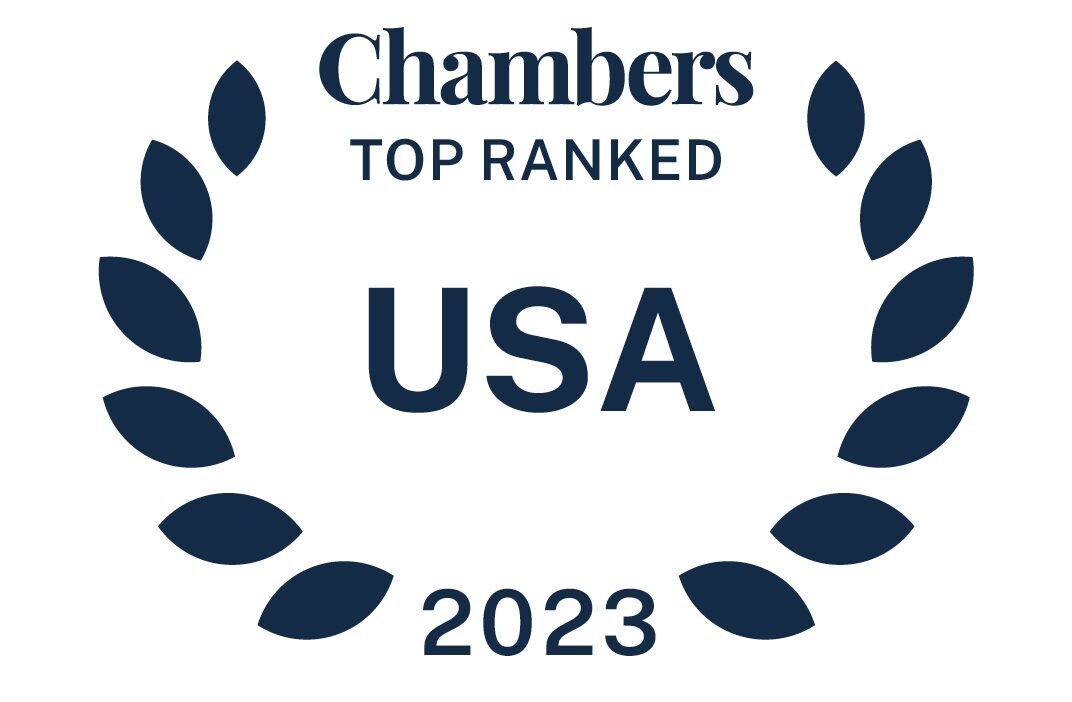Telemedicine collaborations, whether between technology companies and providers, health systems and patients, or other creative partnerships we have yet to see in the industry, can present numerous benefits to our healthcare delivery system and patient outcomes. However, such collaborations present a variety of regulatory, logistical and operational concerns that should be strategically addressed from the ideation stage of the collaboration onward.
Early-Stage Considerations
The strategy behind the collaboration should be developed with an eye towards the duration of the relationship and the development of mutually beneficial goals and objectives that are clear and measurable. Each party should be transparent about their capabilities and strategic vision at the outset of the collaboration talks to avoid any surprises or disappointments deeper in the future. Questions for potential collaboration partners include:
- Is this an experimental partnership or a long-term plan?
- What do I bring to the table? How can this partner supplement or support my capabilities?
- How will this relationship be branded and marketed? Do I need greater visibility than my partner, or will we come together under a new brand?
- Do we have the IT infrastructure and vendor relationships in place to execute this collaboration? If not, how will secure what we need?
- Do we have the resources to meet the regulatory requirements of the partnership?
- How will we measure the success or failure of the collaboration?
Considerations in the RFP Stage
After the initial strategy discussions have taken place, the proposal period raises its own series of considerations. After ensuring that the arrangement proposed can address the goals and objectives of the collaboration, regulatory and transactional issues take center stage. Rights and responsibilities of each party, reporting and compliance mechanisms, fees, credentialing, licensing and privacy compliance and liability issues, to name a few concerns, are addressed at this point in the process. Fees structures and compliance with the evolving federal and state laws regulating telemedicine providers are particularly complex issues that should be addressed at this point.
Questions to address regarding fees include:
- Does the fee structure appropriately incentivize conduct designed to achieve program goals (e.g., per member per month, per utilization, etc.) while remaining compliance with Stark Law and the Anti-Kickback Statute?
- Are there any hidden fees lurking in the proposal, such as termination fees or start-up/implementation costs?
- Are there mechanisms in place to ensure that additional fees will be communicated in writing before they are incurred by the customer?
- Is there a payment mechanism for users, a timeline for collecting fees and a mechanism to negotiate late payment and interest clauses?
- If a multi-year contract, can set up rate concessions be negotiated to minimize year over year increases?
- What are the costs if the deal doesn’t work?
Questions to address regarding regulatory compliance include:
- Will the telemedicine services be provided in multiple jurisdictions?
- Does the telemedicine provider have the capability to address multiple state law requirements, including licensure?
- Who will own the records and other proprietary information generated as part of the agreement?
- Does the partnership properly address the data security and privacy requirements of the jurisdiction or jurisdictions in which the services will be provided?
- How will partners allocate responsibilities in the different types of liabilities that can arise (e.g. data breaches, malpractice, etc.)?
Proactive planning and a strategic approach is crucial for success in the complex and constantly evolving telemedicine sector. While the initial work may seem daunting and complex, the opportunities for companies, providers and patients present numerous benefits for those willing to take on the challenge of building collaborations.
Working to building your own telemedicine collaboration? McDermott is ready to guide you along the way. Click here to learn more about our services.



